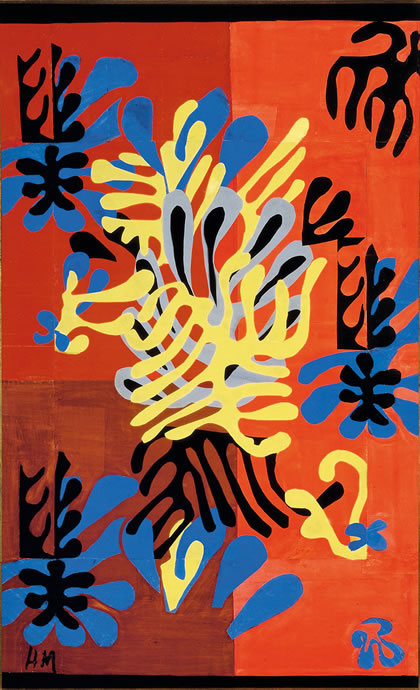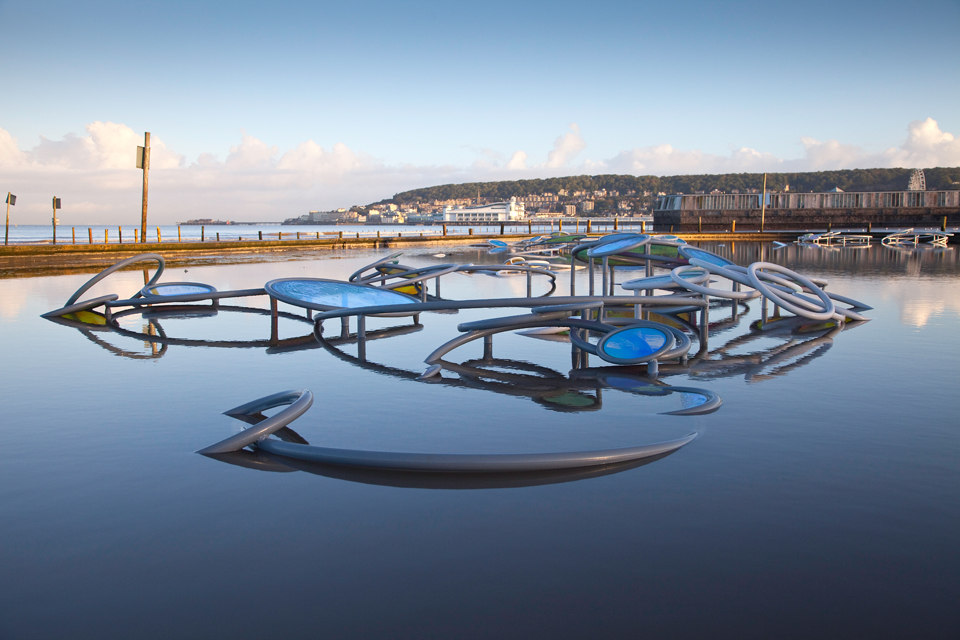One of the most eloquent reminders I have met recently of the power of art to overcome even the most appalling of situations and experiences is the 1963 novel by the Czech writer, Josef Bor, entitled The Terezin Requiem. I found this slender book, republished in 2006 in French in the Livre de Poche edition, at Barcelona airport; it was a fortunate purchase. If you are lucky, I think it can be found in English, sometimes with the title, The Theresienstadt Requiem.
Although this is a novel, it is based on a true story. Josef Bor, a legal expert, was sent to Terezin, "the antichamber to Auschwitz", in June, 1942. Most of his family was killed in Poland, Terezin or Auschwitz. He was eventually liberated from Buchenwald in 1945, and in 1963, he published this book. It is about the Czech pianist and orchestra director, Raphael Schächter, who spent from November 1941 until October 1944 in Terezin; he was then transported to Auschwitz. During his time at Terezin, after eighteen months of the most determined and heroic work, he managed to put on a concert of Giuseppe Verdi's Requiem, with four soloists, a choir of one hundred and fifty singers and two pianos en lieu of an orchestra. To achieve that, he had to teach and rehearse with at least five hundred prisoners, because the Nazis kept sending off the singers to Auschwitz to be exterminated.
Image of deceased Czech composer Rafael Schächter
The book is a most beautiful and moving paean to the power of art to advocate for liberty and justice. Verdi's Requiem becomes the vehicle to assert the essence of human dignity, the absolute rejection of Nazi barbarism. Bor writes superbly, moving one through the incredible labours and odyssey of Schächter rehearsing and achieving the performance of the Requiem, which, as in real life, was ultimately produced - by a quirk of fate - with Eichmann, Moese and fellow SS high command in the audience.
Verdi's music is used to tell the story of the emotions, the suffering, the deeply shared empathies of the musicians. Aria by aria, the words, written by an Italian and rooted in the Catholic faith, are sung by Jewish prisoners as the ultimate resistance to their Nazi oppressors. Bor makes one understand just why this musical art can be so potent, so universal.
I don't think I will ever listen to Verdi's Requiem again without having in mind this beautiful account of music's redemptive, triumphant power in the name of freedom.














